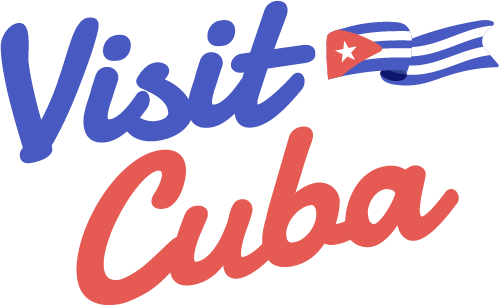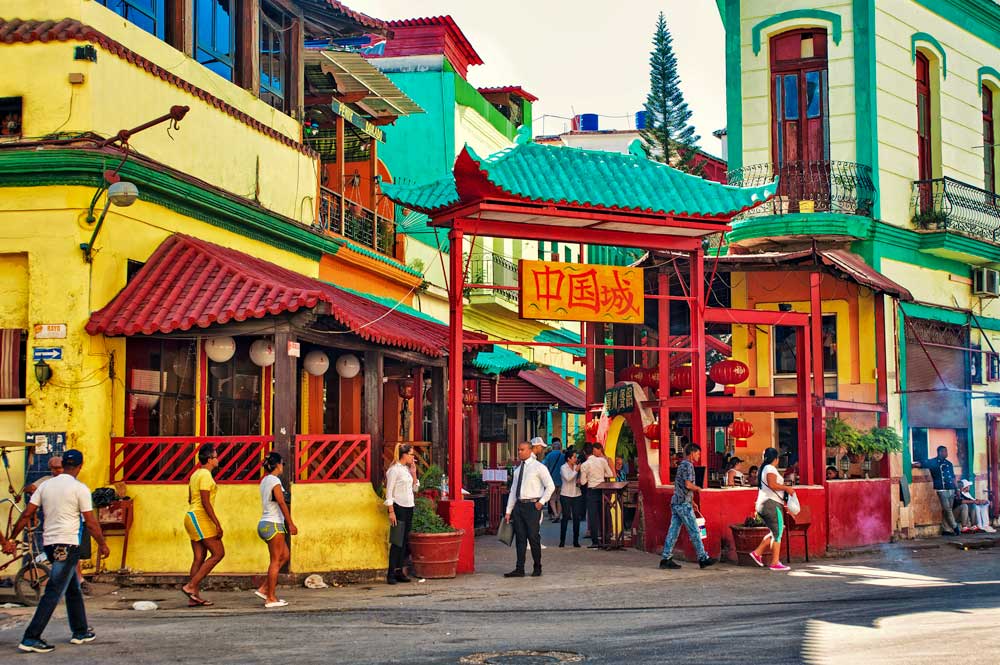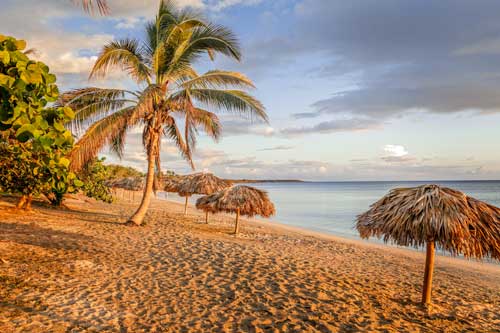Destinations
Chinatown in Havana: An Oasis of Asian Heritage in Cuba
Entrance to Chinatown, Havana
Photo: Alamy
Find Chinatown in Havana
Categories
Tags
Share
As you might imagine, a Caribbean Chinatown in Havana is quite different from its global counterparts. In the capital of Cuba, this “Barrio Chino” is a remnant of a population of Chinese migrants that once called Havana their home - leaving behind a legacy to their neighbors and descendants. The bright reds still dominate the neighborhood - with Chinese letters present on every street corner, bodega, restaurant, and merchant shop - decorated with signature Asian motifs.
Now, let’s get curious and learn a little more about how the modern and very few Chinese Cubans arrived to become a part of Cuban culture!
A brief history of Chinatown in Havana
Chinese immigration to Cuba began in the 19th century as a means to add workers to the sugarcane plantation industry. Upon basically signing slave contracts, many immigrants settled on the outskirts of Havana’s walls, close to the old Zanja Real - an aqueduct that supplied the city with water. For this reason, you’ll find a street bearing its name, Calle Zanja, in central Havana.
By the 20th century, the Barrio Chino had become a hub of small Chinese-owned businesses profiting from the city’s expansion - making the Cuban Chinatown one of the largest in Latin America.
After a triumphant revolution, all private businesses were nationalized, causing thousands of Chinese nationals to flee Cuba. As the years passed, the neighborhood lost its former luster, prompting the formation of a program to revive Chinese culture and heritage in Cuba during the 1990s. Today, it has regained much of its initial charm to make the Barrio Chino a tourist attraction that deserves a visit if you’re in central Havana.
These days it’s hard to come across any Chinese Cubans with clearly defined Asian facial characteristics, as the majority of the first immigrants were adult males who had children and formed families with mulato and Spanish women. Nevertheless, their modern descendants carry roughly ¼ Asian genes and are in charge of running the small restaurants and businesses in Chinatown.
La Ruta del Dragón, Chinatown, Havana
Photo: Shutterstock
Our Favorite Spots in the Barrio Chino
The ideal way to explore Barrio Chino would be to navigate its many spaces filled with a bit of magic in the air. This way, you can stop at the Jardín de Pekín (or Bar Pekin), an open-air tavern with an old-world feel.
Next, take La Ruta del Dragón (the Dragon Trail), a backstreet turned bazaar, where you can purchase ornamental plants and local Cuban spices. Later, a walk to Plaza San Fan Con, a lovely park where parents take their children to play - and if you drop by at the right time - you can sit by for a quick game of Mahjong.
One of the most attractive streets is Calle Cuchillo (knife street), later renamed El Callejón del Barrio Chino (Chinatown Alley). Now, it’s an official boulevard full of traditional Chinese restaurants, each with its own specialty and peculiarity. The Tien-Tan is by far the most famous of them all - although they can be a bit pricey.
Qigong and Wushu Cuban Institute
Many Chinese Cubans with ties to Havana’s Chinatown do their best to maintain their Asian-Latin roots alive for the next generation. An example is clearly found at the Cuban School of Wushu and Qigong - a vital neighborhood institution. The school’s founder and president, Roberto Vargas Lee, promoted the idea of creating the institute in 1995 and became its spokesperson for Chinese Culture and physical health in Cuba.
If you pass by the school during the morning hours, you’ll find children and even older adults alike practicing martial arts - and if you’re in luck - an impromptu exhibition will add a little excitement to the moment.
Crossing over to Shanghai Park, you’ll also find the elderly practicing Qigong in the later and cooler afternoon hours, which is known to increase better health and spirituality. In this same park is a statue of Confucius unveiled by the president of the Confucian Academy in 2012. The park’s surrounding environment is alive with bamboo trees and a grand Yin Yang mural, transmitting a peaceful vibe that’s hard to find anywhere else in Havana.
Chinatown, Havana
Photo: Shutterstock
Getting There
The Barrio Chino can be located in the Central Havana district, bordered by the Gervasio, Simón Bolívar or Reina, Galiano, and San Martín streets - walking distance if you’re staying in Old Havana. Taxis and buses are also available and will take you to Chinatown's interior or surrounding area.
Interesting facts about Chinese Cuban Culture
Another interesting fact is the existence of a Chinese cemetery, beginning at 26th Avenue. Some historians say the peculiar cemetery is the first of its kind in Latin America, close to the Port of Mariel. But unfortunately, there are but a few vegetation-consumed ruins left, with a handful of faded tombstones bearing Chinese engravings.
Written by Javier Montenegro.
Published October 2022.
Greatest Waterfalls in Cuba
Imagine finding yourself in Cuba, surrounded by an exuberant natural environment - where the vivacious green mountains stretch out into a splendid blue sky - while the fresh Caribbean seabreeze brightens your face. And on this tropical voyage, you discover a land of waterfalls on every corner of the island.
El Nicho waterfall, Sierra de Escambray
Photo: Shutterstock
Explore Things to Do in Havana
Explore Cienfuegos With Our Handpicked Activities Just for You
Discover top activities and things to do in Cienfuegos (according
Trace the Steps of Hemingway Around Havana
Stroll through Cuba’s storied streets with this guide to Ernest
Six Cool Things to Do in Trinidad, Cuba
From colonial architecture to vibrant rumba beats, uncover the top
Havana’s National Museum of Fine Arts
Your essential guide to one of Cuba’s most fascinating cultural
Marabana – Havana’s Annual Marathon
The Marabana, Havana’s annual marathon, is a unique opportunity to
Lesser Known Parts of Cuba to Discover This Year
Escape the crowds and Look further into the Cuban landscape
Tarará Beach – Havana’s Best Kept Secret
Tired of typical tourist spots? Get to know Tarará beach,
Step Back in Time at Finca Vigía – Hemingway’s Home in Cuba
Visit the Ernest Hemingway home in Cuba that attracts followers
Subscribe to our newsletter
Get more travel inspiration, tips and exclusive offers sent straight to your inbox



 Subscribe to our newsletter for the best monthly stories and insider guides about Cuba!
Subscribe to our newsletter for the best monthly stories and insider guides about Cuba!